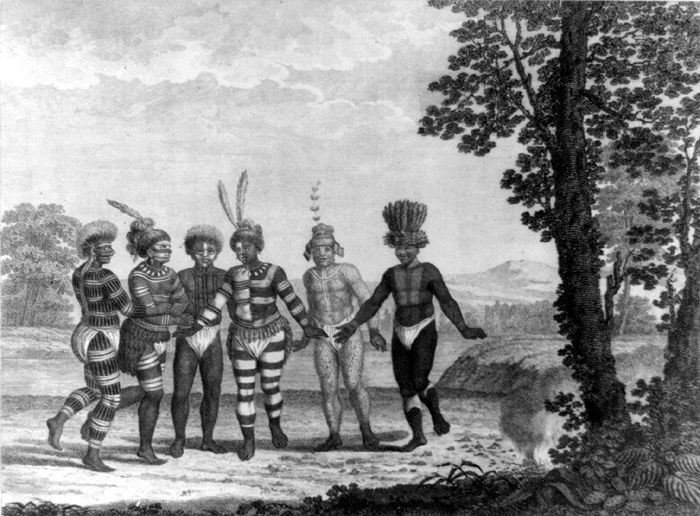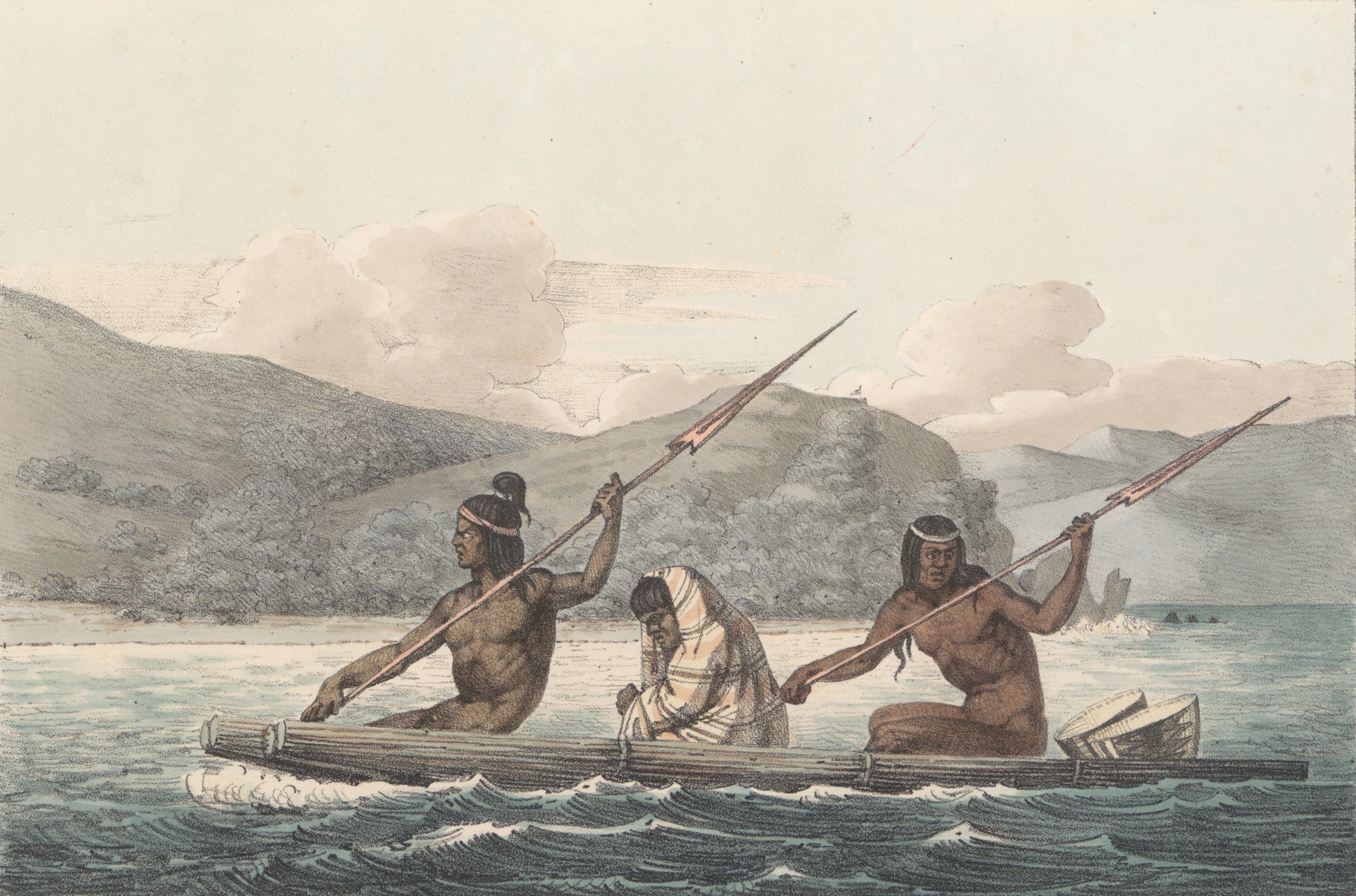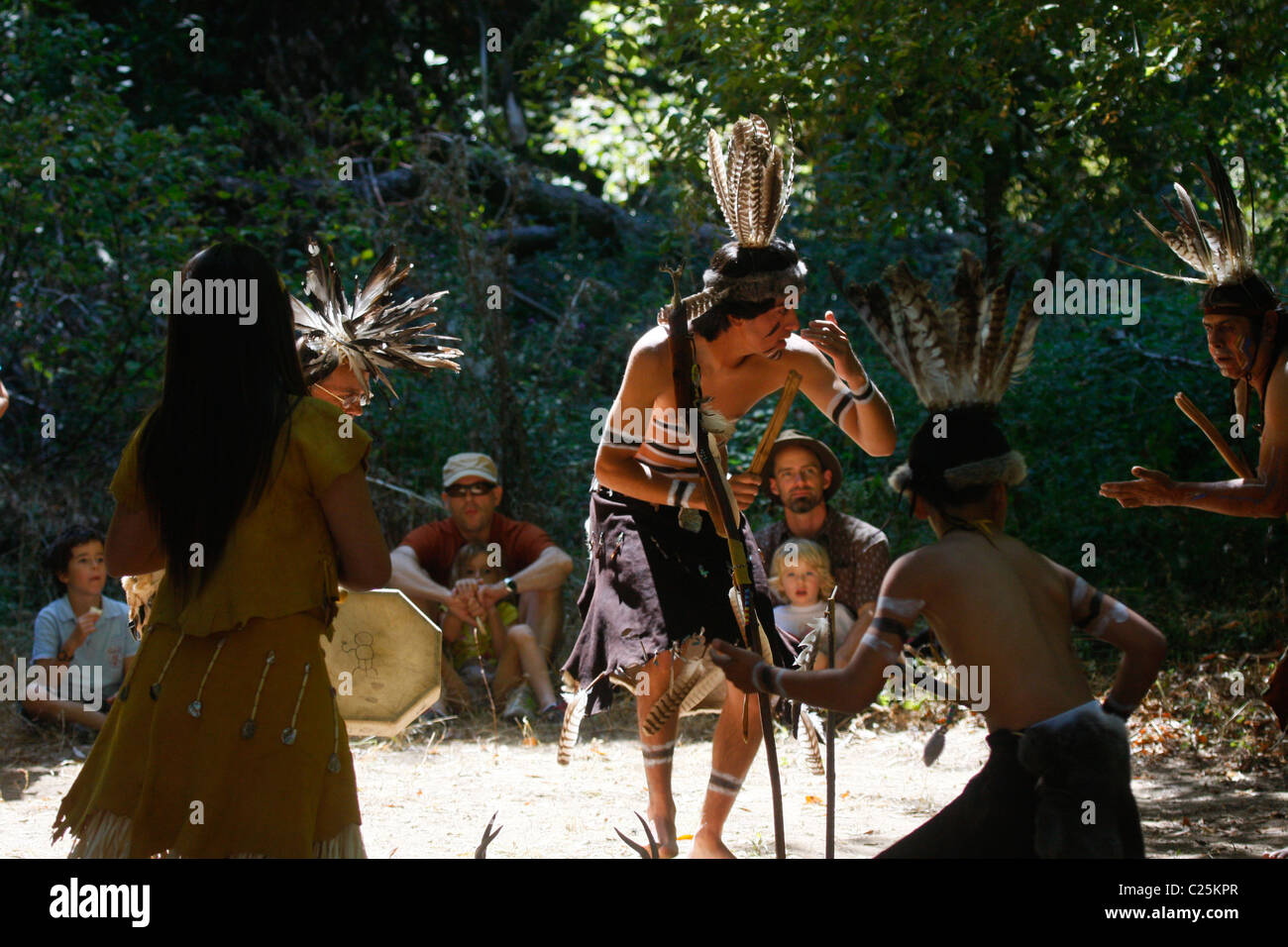
From Vanishing Point to Vibrant Voice: The Enduring Legacy of California’s Ohlone People
For many, the mention of California’s Bay Area conjures images of tech giants, Golden Gate vistas, and a bustling, modern metropolis. Yet, beneath the shimmering glass towers and the intricate freeway systems lies a history far older, a cultural bedrock that predates Spanish missions and American gold rushes by millennia. This is the ancestral homeland of the Ohlone people, a diverse collection of Indigenous communities whose story is one of profound connection to the land, devastating loss, and extraordinary resilience. Often relegated to the footnotes of history or, worse, declared "extinct," the Ohlone are, in fact, vibrantly alive, reclaiming their heritage, asserting their sovereignty, and reminding the world that they are not merely figures of the past, but active architects of California’s future.
Before European contact, the lands now known as the San Francisco Bay Area, Monterey Bay, and parts of the Central Coast were a mosaic of thriving Ohlone communities. The term "Ohlone" itself is an umbrella term, encompassing numerous distinct linguistic and tribal groups, including the Costanoan, Rumsen, Mutsun, and Esselen, each with their own unique dialects, traditions, and territories. Their pre-contact existence was a testament to sophisticated ecological knowledge and sustainable living. Far from being "primitive," the Ohlone were master stewards of their environment, practicing controlled burns to manage forests, encourage biodiversity, and cultivate edible plants. Their diet was rich and varied, drawing upon the abundant resources of the land and sea: acorns, salmon, deer, elk, mussels, clams, and a vast array of native plants.
Life was organized around seasonal cycles, with ceremonies, trade, and social gatherings marking the passage of time. They built intricate basketry, wove elaborate regalia, and developed complex spiritual practices deeply intertwined with the natural world. The vast shellmounds that dot the Bay Area landscape are not mere refuse piles but sacred sites, meticulously constructed over centuries, serving as burial grounds, ceremonial spaces, and enduring testaments to the continuous occupation and spiritual connection of the Ohlone people to their ancestral lands for over 10,000 years. These shellmounds, often paved over or built upon, are powerful reminders of a sophisticated civilization that flourished long before any European set foot on these shores.

The arrival of the Spanish in 1769 marked a cataclysmic turning point. The establishment of the California Mission system, beginning with Mission San Carlos Borromeo de Carmelo and later Mission Dolores in San Francisco, brought an era of unparalleled devastation. Ohlone people were forcibly removed from their ancestral lands, rounded up, and compelled to live and labor within the mission walls. They were subjected to forced conversion to Catholicism, forbidden from speaking their native languages, and stripped of their traditional spiritual practices.
The impact was catastrophic. Exposure to European diseases, against which they had no immunity, decimated the population. Harsh labor conditions, cultural suppression, and profound psychological trauma led to a staggering decline in their numbers. It’s estimated that the Indigenous population of California plummeted by 90% during the mission era. As Valentin Lopez, Chairman of the Amah Mutsun Tribal Band, often states, "The missions were not places of salvation, but places of death and cultural genocide." This period laid the foundation for the persistent myth that the Ohlone people had vanished, a narrative convenient for those who sought to claim their lands without acknowledging their living descendants.
Even after the Mexican and later American periods, the hardships continued. The California Gold Rush in the mid-19th century brought a massive influx of settlers, further dispossessing the Ohlone of their remaining lands. Without federal recognition – a status that would grant them sovereign rights and access to resources – Ohlone communities were left vulnerable. Treaties signed with the U.S. government were often unratified or simply ignored, leaving tribes without legal protection for their land or cultural practices. The prevailing sentiment was that California’s Indigenous people were either extinct or would soon be. This "vanishing Indian" trope became a powerful tool to justify land seizures and erase Indigenous presence from public consciousness.
Yet, despite centuries of oppression and erasure, the Ohlone never truly disappeared. Their cultures survived in the quiet strength of families, in whispered stories, in the memory of songs and ceremonies passed down through generations. The late 20th century saw a powerful resurgence, as Ohlone descendants, armed with ancestral knowledge and unwavering determination, began to publicly reclaim their heritage. This was not an invention of culture, but a re-emergence, a deliberate act of bringing what was preserved in private back into the public light.
One of the most vital aspects of this revitalization has been the effort to revive their ancestral languages. For example, the Rumsen Ohlone language, once thought extinct, is now being painstakingly reconstructed through historical documents, missionary records, and the dedicated work of linguists and community members. Learning these languages is more than just an academic exercise; it’s a profound act of cultural healing and self-determination. As one language learner put it, "When I speak my language, I feel my ancestors speaking through me. It connects me to who I truly am."
Contemporary Ohlone communities, such as the Muwekma Ohlone Tribe, the Amah Mutsun Tribal Band, and the Ohlone Costanoan Esselen Nation, are at the forefront of this cultural resurgence. They are engaged in a multitude of efforts:
- Federal Recognition: A primary goal for many Ohlone groups is to achieve federal recognition, a status that would acknowledge their inherent sovereignty and provide critical resources for housing, healthcare, education, and cultural programs. The fight for recognition is often long and arduous, requiring extensive genealogical and historical documentation, but it is essential for their future.
- Land Back Movement: Beyond legal recognition, there is a growing movement to reclaim and re-establish stewardship over ancestral lands. This doesn’t always mean outright ownership but often involves partnerships with land trusts, universities, and local governments to protect sacred sites, practice traditional ecological management, and establish cultural easements. The restoration of land is seen as central to spiritual and cultural healing.
- Traditional Ecological Knowledge (TEK): Ohlone communities are sharing their millennia-old knowledge of sustainable land management, fire ecology, and native plant cultivation. In an era of climate change and environmental degradation, this wisdom is proving invaluable. For instance, their practices of controlled burns are gaining recognition as a vital tool for wildfire prevention and ecosystem health.
- Cultural Education and Awareness: Ohlone people are actively working to educate the public about their true history and ongoing presence. This includes developing curriculum for schools, offering cultural presentations, and advocating for accurate representation in museums and historical narratives. Land acknowledgments, once rare, are becoming more common at public events, a small but significant step in recognizing the Indigenous presence.
- Revitalization of Arts and Ceremonies: Basket weaving, traditional dances, songs, and ceremonies are being revived and celebrated. These practices are not just artistic expressions but vital components of their cultural identity and spiritual well-being.

The story of the Ohlone people is a powerful counter-narrative to the dominant historical accounts of California. It is a story of profound loss, but also of extraordinary resilience, determination, and cultural rebirth. Their journey from the brink of erasure to a vibrant, vocal presence serves as a crucial reminder that Indigenous peoples are not relics of the past but living, evolving communities with invaluable contributions to make to the present and future.
As the Bay Area continues to evolve, the Ohlone are ensuring their voices are heard, their histories are understood, and their future is secured. They are not asking for charity, but for justice, for recognition, and for the opportunity to continue their ancient role as stewards of the land. Their enduring presence is a testament to the unbreakable spirit of a people who, despite every attempt to silence them, continue to sing the songs of their ancestors, heal their lands, and reclaim their rightful place in the heart of California. The echoes of their drums are growing louder, calling us all to listen, learn, and acknowledge the profound legacy of the Ohlone people.


